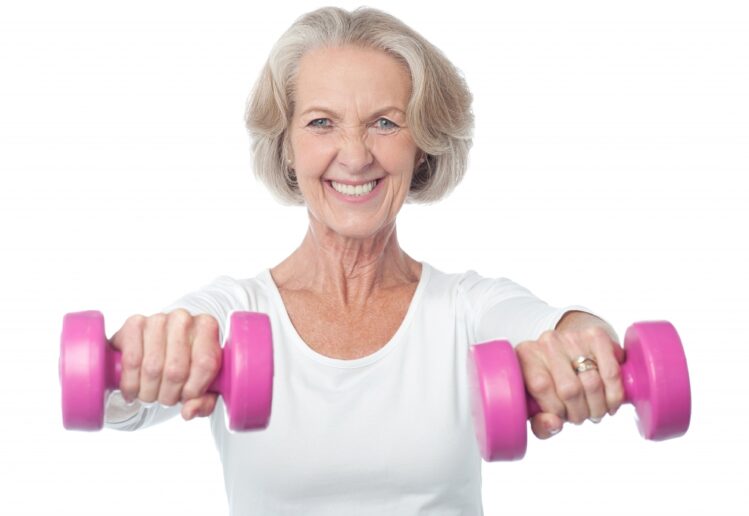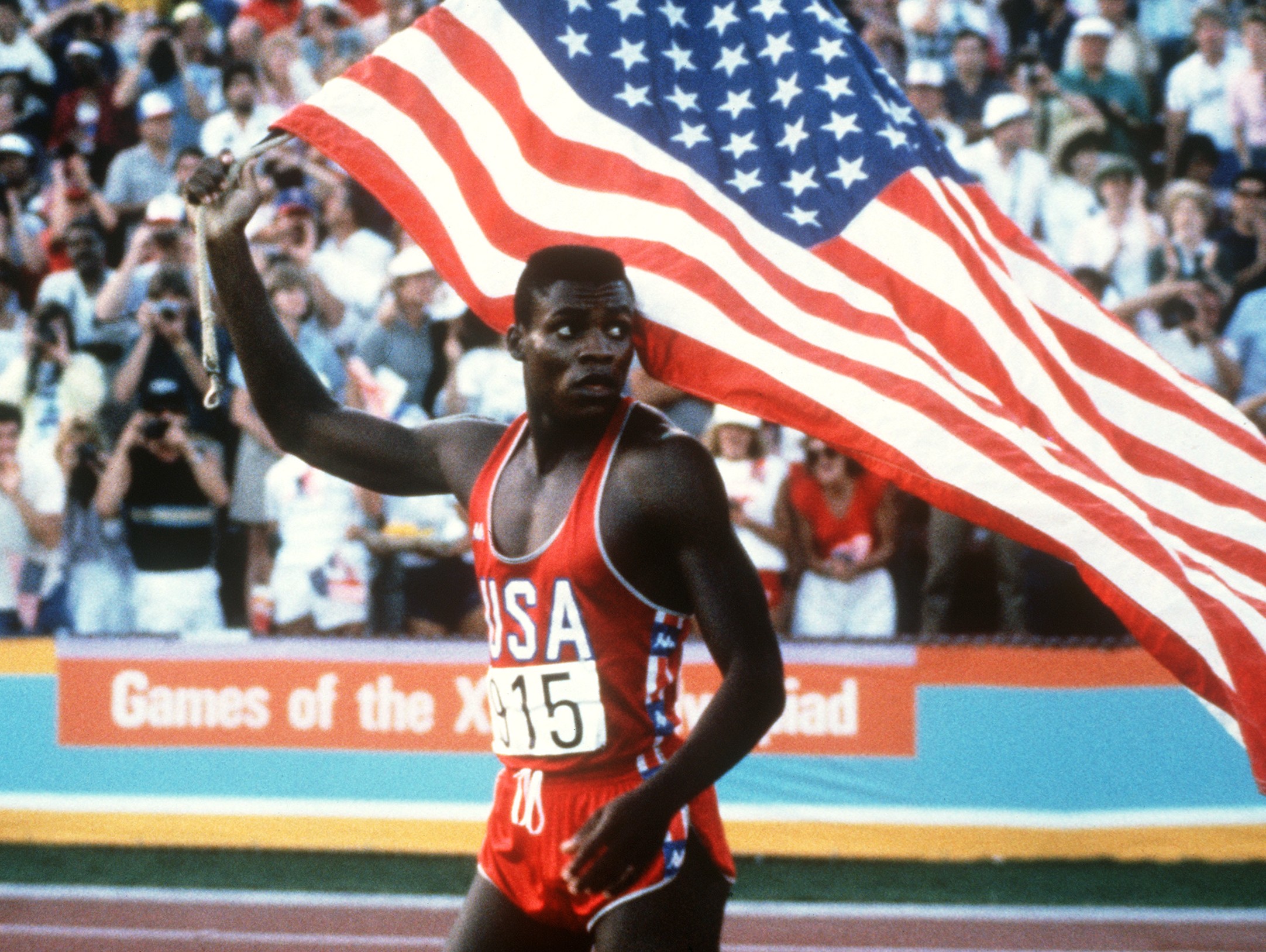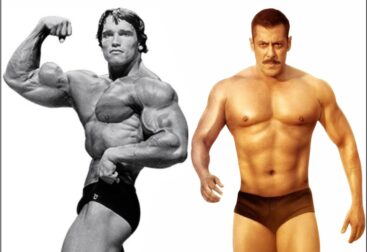Life goes by too fast. The older you get, the more you may realize how important it is to make the most of each day. So, how would you like to slow down the aging process? While we can’t turn back time, we can turn back the years on our body—with exercise. And while cardiovascular exercises such as walking, jogging, or biking are important for heart and lung efficiency, it is strength training that provides the benefits that keep your body younger, stronger, and more functional as each year passes by. If you want to be vibrant and independent for many more years, this strength-training workout will help you achieve just that. Strength training is important for everyone, but after 50 it becomes more crucial than ever. It ceases to be about big biceps or flat abs but rather takes on a tone of maintaining a strong, healthy body less prone to injury and illness.
For women, maintaining strength as we age is the key to overall health and happiness. Progressive resistance training not only improves muscle strength, it improves their ability to perform tasks ranging from walking and climbing steps to bathing and preparing meals. It also reduces pain in people with osteoarthritis. Even though peak bone mass occurs in our 30s, performing weight-bearing exercise in our older years can help preserve existing bone mass. So, what should workouts look like for older women? As with so many things, the answer to this question is, “It depends.”
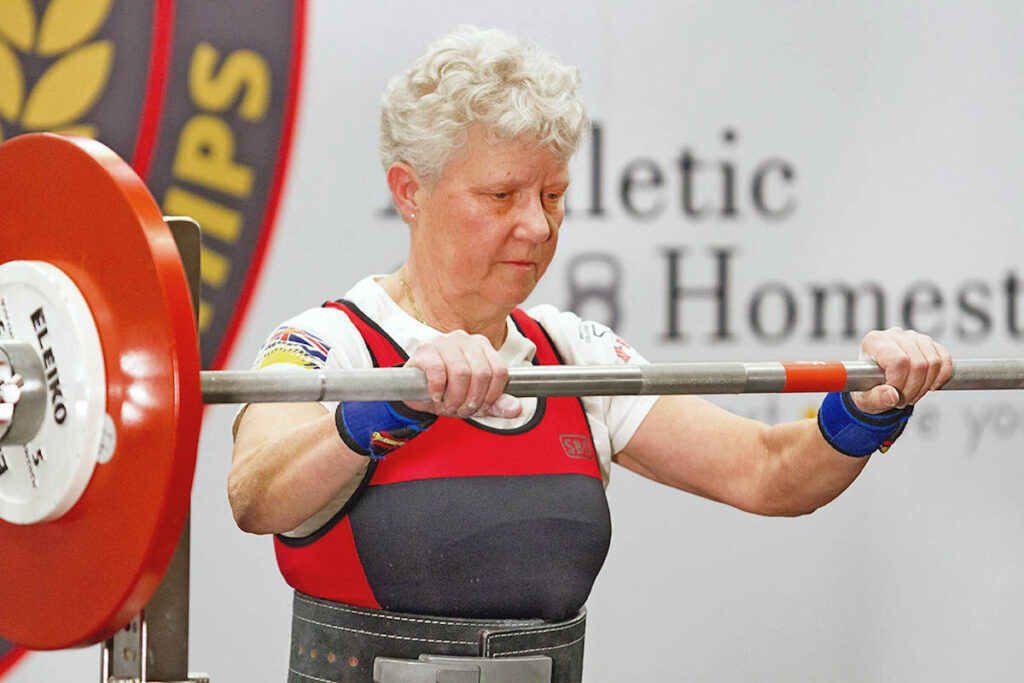
In all seriousness, though, the need for modifications to exercise choice and intensity for women older than 60 years of age, or even approaching 70 or 80, will be highly dependent on a number of factors. After all, although aging is often marked by many declines in physical fitness (including decreases in muscle mass, balance, flexibility, gait speed, endurance, metabolic rate, and continence, and increases in body weight, fat, and difficulties performing daily activities) women who have maintained an active lifestyle throughout their 30s, 40s, and 50s may not experience these problems. Or, if they do, they often experience them to a lesser degree than do other women who were less active in their younger years.
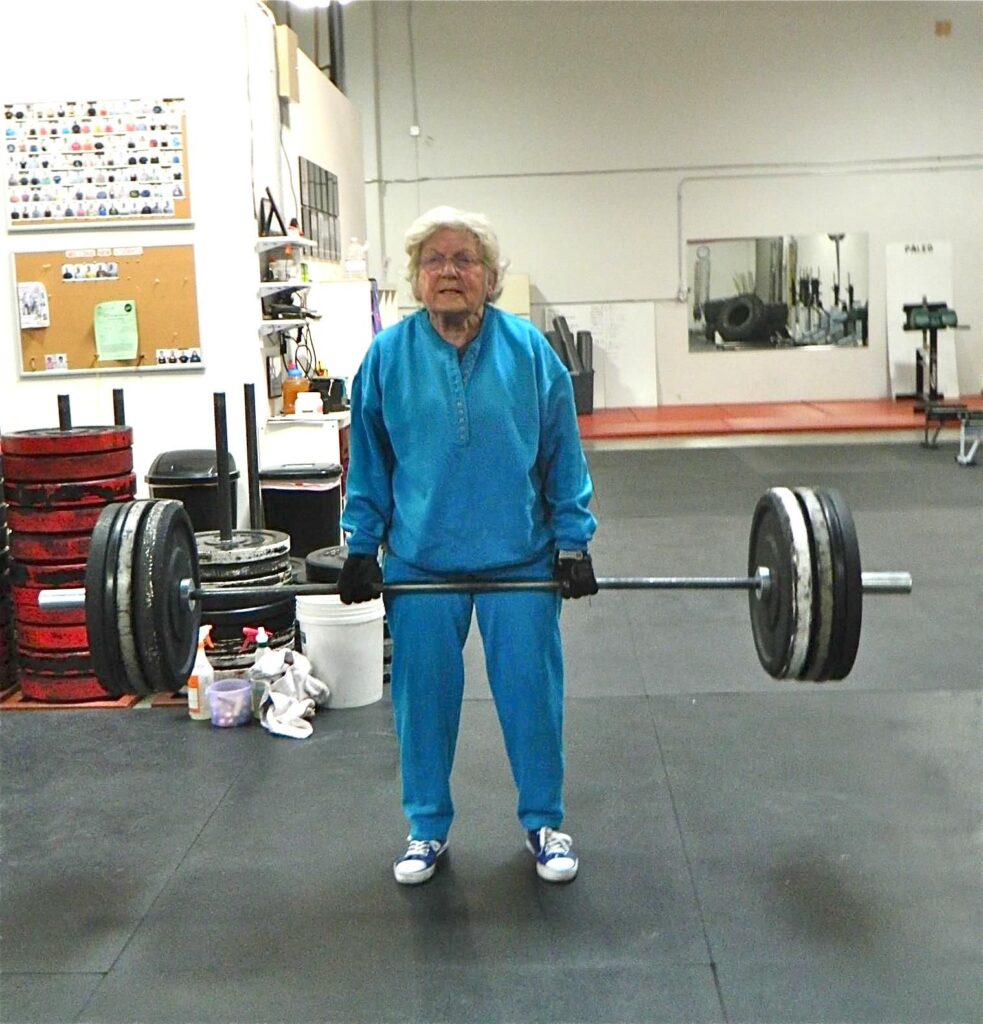
Strength Training for Women over 50
Women, particularly older ones, tend to back away from lifting weights that challenge them because they are afraid of building bulk. While lifting heavier weight will increase your muscle mass, it will not Hulk you out. Instead, strength training will create tone throughout your body. Remember, many women gain weight after menopause, too. Hormone changes that come with menopause affect the shape and distribution of body fat. Weight lifting tightens those areas that get loose. The more weight you lift, the toner your body will look and feel. Lean muscle also means more efficient calorie burning. That’s something you will need as those same hormones start to slow down your metabolism. Additional muscle helps you burn calories even when you are doing nothing but lounging on the couch.
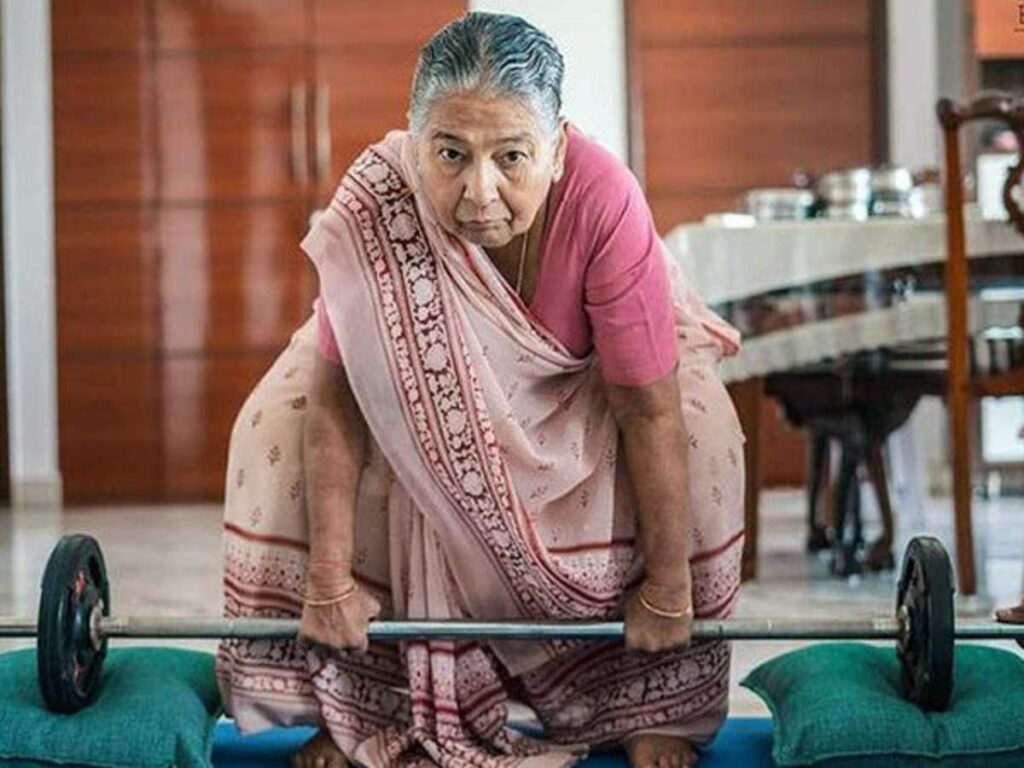
Fight osteoporosis with weight lifting
On average, one in four women will develop osteoporosis, a condition that can start as early as age 50 but is more common around age 65. As estrogen levels drop, your bones become weaker and more brittle. Lifting weights builds bone mineral density because bones rebuild themselves in response to heavy loads. This is one of many adaptive changes the human body makes to protect health and wellness. For older women whose bones are weakening due to the hormonal changes that come with menopause, lifting heavier weight works to counteract bone mineral loss, reducing the risk of osteoporosis. Unfortunately, women over 50 who do not challenge their bones may show a reduction in bone density. Resistance training is a great way to increase muscle mass and bone density, which is particularly important as you get older. As you train, what you’re doing is applying strain on the muscle and bones in targeted areas. This activates cellular growth in the muscles and bones, maintaining their strength and vitality as you age. With advancing age, the body turns to your bones as a source of essential minerals, like calcium and phosphorus. It does this for a variety of reasons, but often to help balance your blood pH. You can’t live with unbalanced blood pH. At the same time, you have a harder time replenishing your bones with the minerals from the foods you eat. Resistance training can help activate bone and muscle cell growth in a way that’s really crucial to overall longevity. Women are more at risk for bone health-depleting conditions like osteoporosis. With that in mind, women past menopausal age should especially consider working resistance training into their routines one to three times a week to help combat weakened bones.
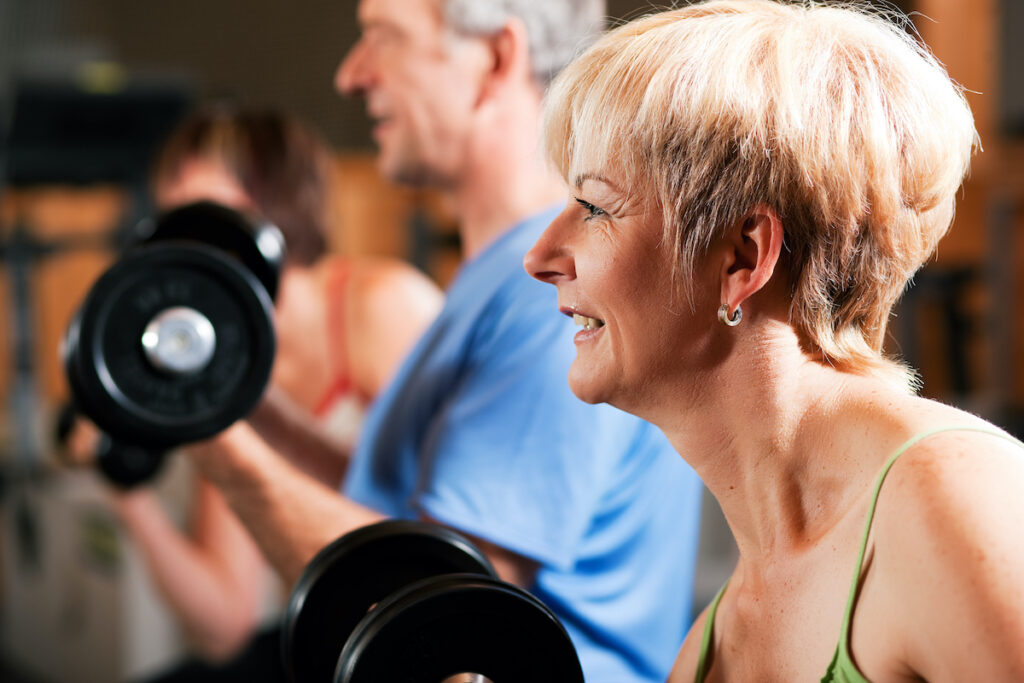
Decrease body fat with weight lifting
As we age, our metabolisms slow down. Over time, this can lead to weight gain and a variety of chronic conditions, including diabetes and heart disease. Fortunately, strength training decreases body fat – both internally and externally. Building muscle creates a higher metabolism as weight training allows you to burn more calories and enjoy a leaner physique.
Improve balance and coordination with weight lifting
Loss of muscle leads to loss of strength, which in turn affects balance and coordination. Falls are the leading cause of injury and death among older adults. Falls not only threaten your safety and independence but can also have enormous economic and personal costs. Working out improves coordination and mobility, making you less likely to fall, and if you do fall, you’re less likely to get hurt.
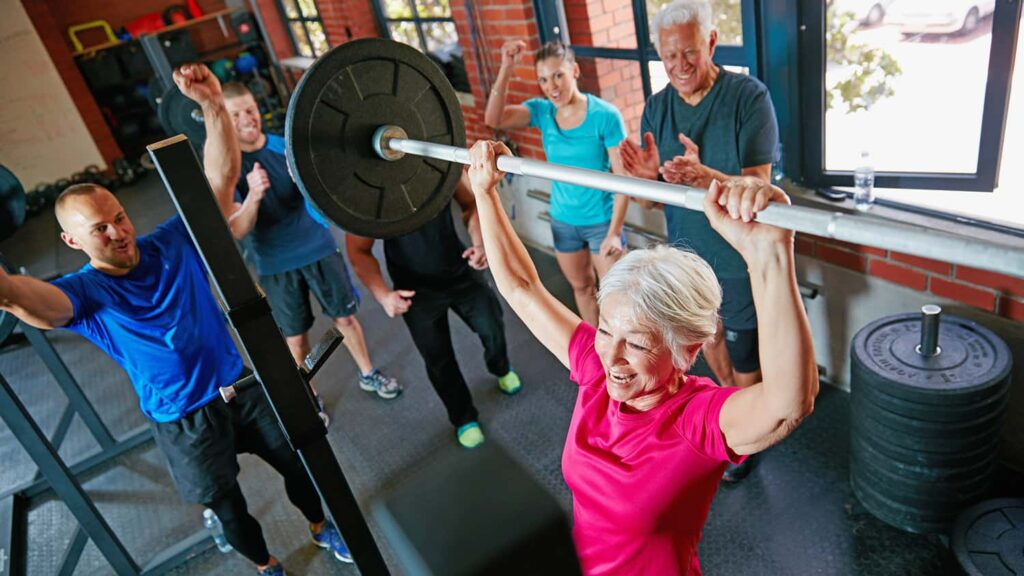
Avoid the hunchback with weight lifting
Reduced muscle mass can pull the shoulders forward and round the back, creating that hunched-over look that all women fear. There is more at risk than cosmetic effects like looking hunched, though. The bad posture that can come with aging for women limits the range of motion in the shoulders, causing lower back pain and making you stiff and inflexible. Lifting at a weight that challenges muscles gives you a stronger core and enhances the strength to support the chest, shoulder, and spinal column. In other words, it makes you less likely to hunch. It will also open up the chest and improve back alignment, so you’ll experience fewer aches.
Make strong back with weight training
A toned back can compensate for weaknesses in other areas of the body, too, like the knees, hips, and shoulder joints. In a process known as kinetic chain, the body will look for weak areas and improve the muscle strength around them. There has to be muscle there to work with, though. For women over the age of 50, that muscle is less likely to be strong enough unless they lift heavy.
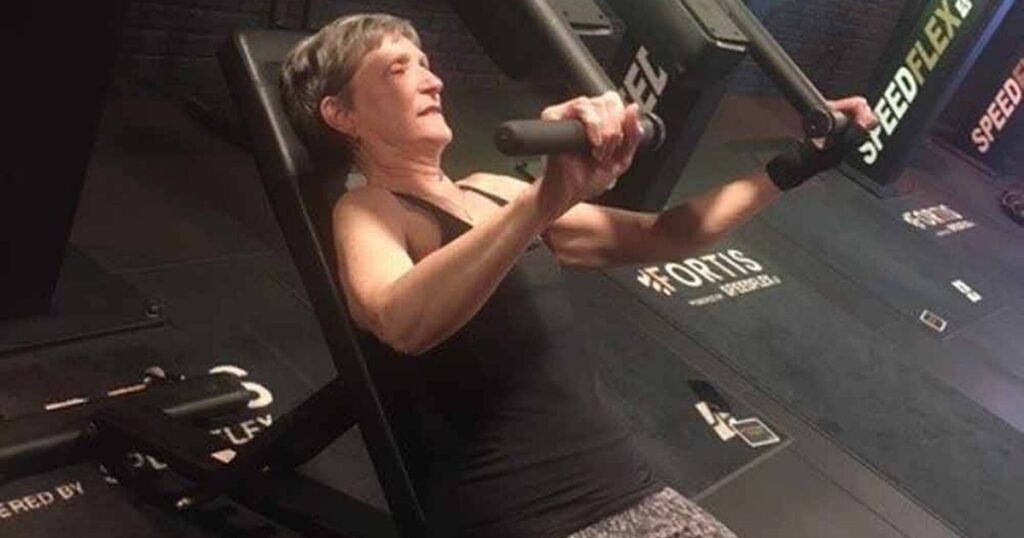
Prevent dementia with weight lifting
Did you know there’s a connection between lifting weights and preventing dementia? Researchers in Brazil recently determined that exercise in general releases irisin, a hormone able to help improve neuronal growth in the area of the brain responsible for learning and memory. The Alzheimer’s Association has even named exercise as one of the top habits you can take on to reduce the risk of dementia. It’s not clear why some women develop diseases like Alzheimer’s, but one of the current theories associates it with faulty brain signalling. Exercise might improve that defective functioning, including critical strength training. Weight lifting for women stimulates rebuilding in the brain. A movement like weight lifting also improves the blood flow to the brain, increasing the oxygen levels. Your brain has an amazing capacity to adjust in response to the environment and your personal health needs. Lifting just intensifies that process.
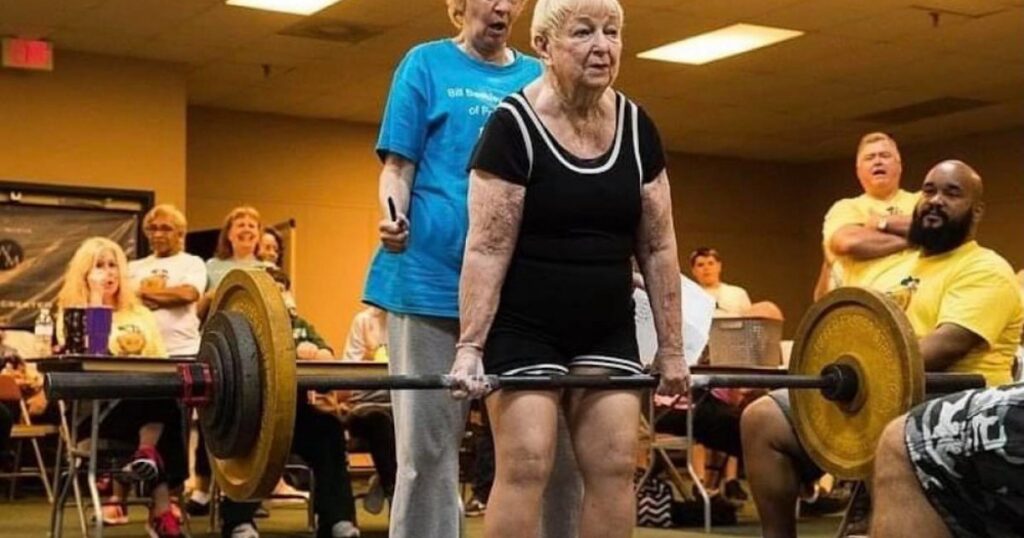
Know the risks
While there are some risks, the benefits far outweigh them. All women lifting should take precautions to enhance their safety, and that starts with talking to your medical provider before beginning any new fitness program. It’s important to get advice that is pertinent to your health challenges. For example, if you have a history of shoulder problems, the doctor might want you to do specific exercises to build strength in that joint before trying to lift heavier.
Tips for starting strength training for women
If you’ve never taken part in strength training before, you’re probably excited to get started. To prevent injury and enjoy a successful weight training experience, follow these tips:
- Get support. Any time you move your body underweight, there’s a risk of injury. To avoid torn ligaments and muscles, look for a personal or small-group trainer to help you. A skilled trainer will instruct you on proper form and technique and help you create a weight training program that’s tailored to you.
- Start slow. Avoid the temptation to add too much weight too quickly. Even light weights of about 3 pounds each can pack a punch when combined with high repetitions. As your body adapts over time, you’ll be able to add more weight.
- Focus on form. Quality is more important than quantity with weight training movements. Instead of trying to bust out 100 weighted lunges, move slowly and focus on the form of each lunge. This will allow you to get stronger, faster, while also avoiding injury.
- Establish a routine. Before you embark on your weight training program, pay a visit to your doctor. He or she can assess whether there are any muscular or bone issues to be aware of. From there, work with a trainer to establish a weight training routine that has you combining strength training with other forms of functional fitness, like cardio and studio classes.
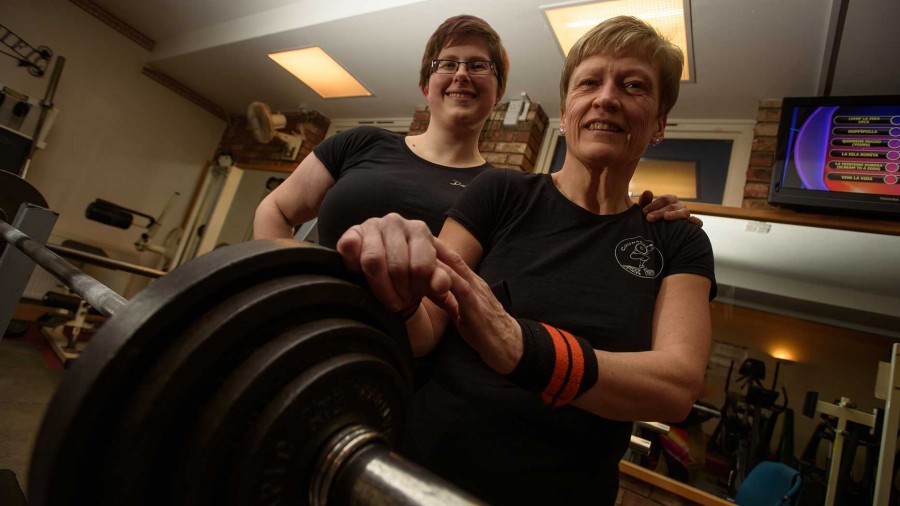
Remember that there’s no “one-size-fits-all” rule for weight training. As long as you go slowly, listen to your body, and build a routine that’s tailored to you, you’ll see results quickly. Even better, the program will keep you looking and feeling great for years to come. A regular and appropriately designed strength training program is an important part of a healthy lifestyle for women of all ages and stages of life. Resistance training has the power to strengthen our muscles, bones, metabolic systems, and psychological well-being and help us achieve our more aesthetic fitness goals.

Dr Saranjeet Singh
Fitness & Sports Medicine Specialist
Lucknow (UP), INDIA

